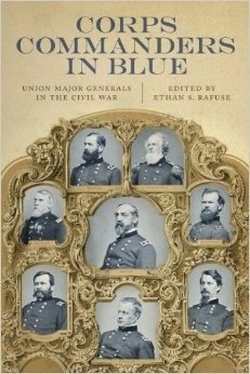
Edited by Ethan S. Rafuse
Louisiana State University Press, 2014, 298 pp. +10 pp. introduction, $45.00
ISBN: 978-0-8071-5702-2
Image courtesy of amazon.com
Corps Commanders in Blue is a collection of essays edited by Ethan S. Rafuse which analyzes some of the major figures given the chance to command corps during the Civil War. Some of the commanders analyzed in this essay are Fitz John Porter, Joseph Mansfield, George Meade, James McPherson, William Franklin, Joseph Hooker, Winfield Scott Hancock and Charles Champion Gilbert. Each essay takes a look at a specific point in their career, instead of their career as a whole, and looks into their influence in the campaigns which are showcased. Throughout this collection, the readers gain a better view into some famous parts of the war and many obscure parts of these commanders lives.
This book includes essays written by John J. Hennessy, Thomas G. Clemens, Kenneth W. Noe, Christopher S. Stowe, Steven E. Woodworth, Mark A. Snell, Ethan S. Rafuse and Brooks D. Simpson. The editor himself, Ethan S. Rafuse, is a professor of military history at the United States Army Command and General Staff College. He is also the author of eight books on the American Civil War including Robert E. Lee and the Fall of the Confederacy, and Manassas: A Battlefield Guide. This collection of essays is also part of the Conflicting Worlds series published by the Louisiana State University Press which brings about new views on the Civil War by printing scholarly works and excellent academia.
Each essay offers new looks into the world of the corps commanders highlighted and not only do they bring new information to already well known information, but they add to the study on a whole. The opening work analyzes General Fitz John Porter, written by John J. Hennessy. This essay describes the works of the general instead of looking into the constant criticism thrown at the commander. Hennessy states that no one general was written about more during the war and decades afterward than did Porter. Hennessy writes more about the accomplishments and the works of the man and his influence on the war as a whole, especially during the year of 1862. Thomas G. Clemens’ essay on Joseph Mansfield at Antietam gives the reader a whole look into what happened to him and his corps during the Battle of Antietam instead of a mention of the general’s untimely death on the field. One of the more interesting essays in the work was Christopher S. Stowe’s work on Meade from December of 1862 until June of 1863 before he received army command. One thing I noticed as I read through the essay was that there were steps which presented itself in Meade’s life that prepared him for the army command. One thing which general Civil War readers tend to forget about the Battle of Fredericksburg was that General Meade was one of the few commanders to break through the Confederate line that day. Steven E. Woodworth’s essay about James McPherson gives attention to an aspect of the Siege of Vicksburg which is usually not covered as much as other portions of the field. Many works on the siege tend to focus on the tension between Pemberton and Johnston along with Grant and the press. But this essay shows that there are still new things to learn about the siege which opened up the Mississippi. Ethan S. Rafuse’s essay also brings to light many of the aspects of Joseph Hooker’s career which are not well known. It seems that history has placed a final nail in the coffin with the Chancellorsville Campaign when it comes to General Hooker’s career, but Rafuse details the campaign in North Georgia from May to June of 1864. The details in this essay will not only inform new Civil War readers of the continued career of Hooker, but will inform accomplished Civil War readers as well. Rafuse has shown great use of sources and used them to create another level of research.
Corps Commanders in Blue is a great collection of essays which is a great continuation of Civil War academia throughout this sesquicentennial celebration. I highly recommend this collection and hope that another collection of other corps commanders comes about from this study. While only a few essays were mentioned above, all of the works are excellent and should be considered the standard of study when looking into the realm of the high command. These essays have proven that there is more to understand of these men than what history has deemed their most important feat. Highly recommended.
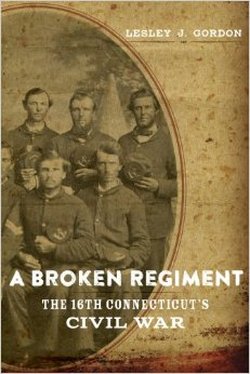
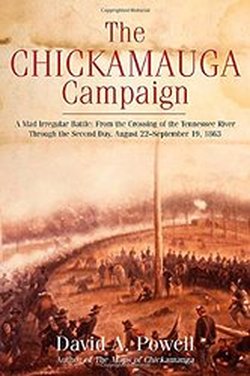
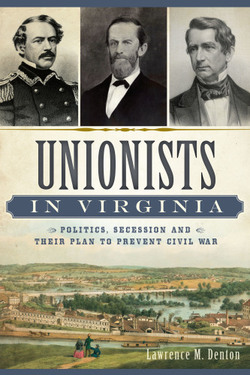
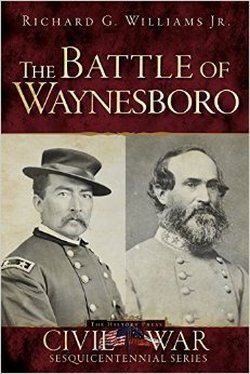
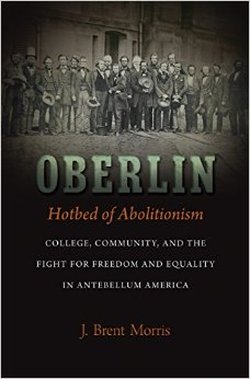
 RSS Feed
RSS Feed
